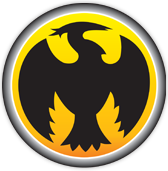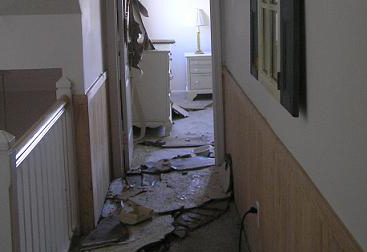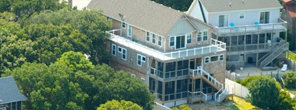Inspect interior plumbing components and complete preventive maintenance measures to reduce chances of interior water damage:
1. Toilet clogging or overflowing. Signs that there is a problem are obvious when it comes to toilets, as they’re generally typified by water overflowing over the seat or not being able to flush water because something is blocking the drainage system. If this issue isn’t solved in a timely fashion, it can cause serious damage.
Homeowners can help prevent these issues from materializing by inspecting the toilet’s components two to three times per year. Some of the main things to look at are the toilet’s fill, supply, and flush valves. If they appear worn or damaged, a home improvement store should have the parts and pieces needed to replace them.
2. General plumbing problems. Another issue homeowners face is with their home’s plumbing system overall. Homeowners should look for rust stains around pipes, water stains on walls or ceilings, or hearing random, abrasive noises coming from the pipes. Much of the piping originally installed in Outer Banks homes was polybutelene, which is now known to have a high failure rate and has resulted in class action lawsuits against the manufacturers. Know what kind of plumbing you have, and what to watch for!
3. Washing machine and ice maker failures. Washing machine and ice maker failures are quite common and can cost a bundle to fix. One major issue that occurs is when the machine’s hoses explode, or are pulled lose from their plumbing connections. With so many rental properties on the beach, these appliances are pulled away from the wall for cleaning, which can tax the supply hose or the connections. Make sure you have copper or braided metal supply lines, and have a plumber check all of your fixtures and connections once a year.







